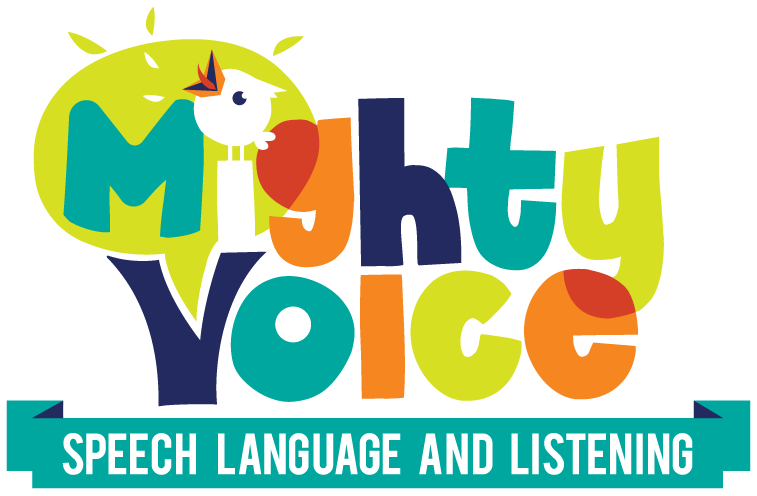
If you’ve worked with middle & high school students, you know they might not be as excited to work on self advocacy skills as younger students. Of course that’s a broad generalization, and some are, but for the most part, you have to be a little more persuasive. They might think they already know everything there is to know about self advocacy, or that they’re stellar self advocates, or that it just doesn’t matter.
Regardless of how they feel about it, it’s often your job to help your middle and high school aged deaf and hard of hearing students with self advocacy. So how do you get them to buy in?
Make it Relevant
I know we’ve all heard it before, but it’s good to remember that when our self advocacy skill instruction and activities are relevant to our students’ lives, they’re more likely to buy in. The more we tailor our self advocacy materials and activities to their interests and real lives, the more they’ll pay attention, even if reluctantly. So consider your students–their interests in and outside of school, the challenges you know they’re having with self advocacy, life skills they’re working toward, or whatever self advocacy skills would most benefit them.
Get Their Input
The need to be independent and self-directed in middle and high school is strong, and involving students in determining the self advocacy goals you’ll work on is a great way to increase buy in. Share a self advocacy checklist with them to avoid the “I don’t know” when you ask them what skills they’d like to work on. Even just looking at a list together helps them become aware of what those self advocacy skills are, whether or not they give their input. If they do give you input, take it! You might have other IEP goals you need to address as well, but honoring their input by using it to design instruction shows that you care about them and their goals.
Keep It Open Ended
You know how sometimes middle and high schoolers (okay, especially middle schoolers) can be contrarians, countering every point you make with a statement proving you wrong? Keeping your self advocacy activities open ended can help. You may not get every contrarian on board, but you set yourself up for more success with open ended self advocacy activities like open ended self advocacy scenarios than you would with a more didactic approach. Having open ended and genuine conversations about self advocacy can also help students see that being an advocate isn’t just an activity we do in school, but rather an actual life skill they’ll use for many years to come.
Give Them Role Models
Helping our deaf and hard of hearing kids see they’re not alone is an important part of their self advocacy. As educators, we can help them see that they’re not the only ones on this journey. Introducing them to deaf and hard of hearing peers, adults, and others who are advocates, can help them find that community. Reading about disability rights and others who have come before them, and deaf people who have taken leadership roles can also help. If you’re planning transition activities anyway, taking extra time to introduce them to people who can help them is time well spent.
Make it Ongoing
We would never talk to our students about charging their hearing device’s batteries once and then stop, and self advocacy should be similar. We can make it an ongoing conversation that’s woven in to everything we do. When we talk about the school play coming up, maybe we mention accessibility. If they bring up a movie they watched recently, we ask about the captions. Keeping the conversation going in consistent, small ways, means that students are always (hopefully!) thinking and hearing about self advocacy skills, and embracing them as a way of life.
